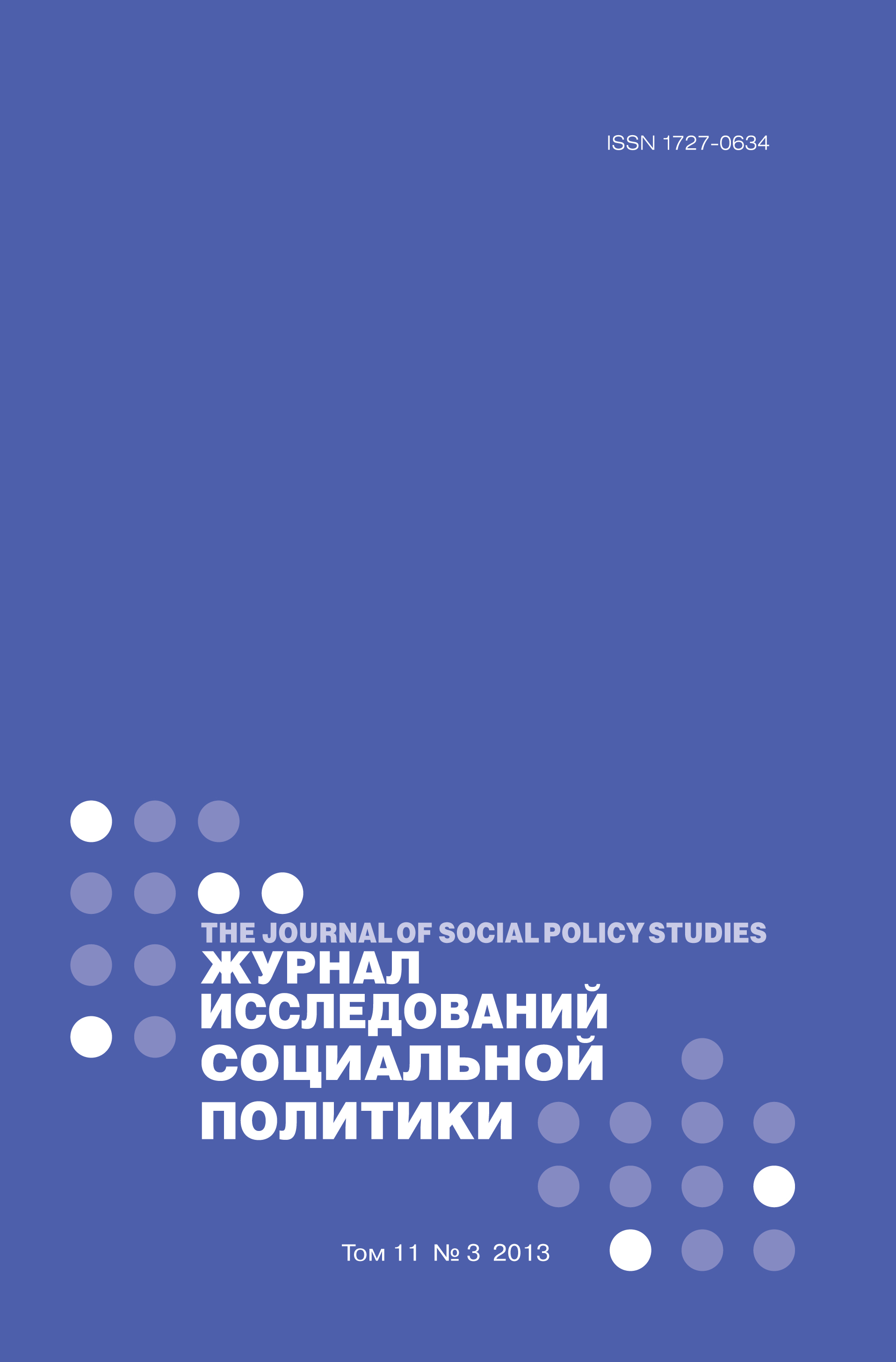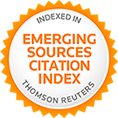The Main Social Groups of Soviet Society in the 1960–1980s, Defined by the Pension Legislation
Abstract
The social service provisions of the Soviet Union are looked at by my many in contemporary Russian society in a positive light. However in many ways the rosy view of the Soviet system being a model of egalitarianism is mistaken; social services were provided to social groups with different levels of favouritism. This article looks at the way pensions were provided to Soviet citizens in reference to this social differentiation. It focuses on the Russian part of the USSR (referred to as the RFSFR) in the era of ‘developed socialism’ in the post-Stalinist era of Brezhnev and analyses the rules of pension provision, especially after the introduction of a unified pension system in 1965. It identifies the main social groups that were declared in the Constitution as a single human community, what was referred to as the ‘Soviet people’. The article shows how pension policy approached the different parts of Soviet society, from the workers and peasants to the party elite and intelligentsia, and how this reflected the social reality of the time. Of particular interest are the limitations applied to those working in state farms and collectives, the kolkhozniki.Also included in the study were those social groups who, for whatever reason, were essentially denied a pension. After reviewing pension norms and USSR Council of Ministers regulations on pensions of workers in science and culture, and citizens with exceptional service in the country, the author came to the conclusion that all Soviet citizens received pensions as a result of the nature of their employment. The size and the provision of these related benefits depended on their contribution to the building of socialism. Also it must be seen in terms of personal proximity to power structures, which could dole out more privileged personal pensions. While the pension system appears hierarchal and reflecting how privilege was spread across Soviet society, in other ways, in its final form, the pension system still remained very much equal in its provision to the great mass of citizens and thus relatively speaking egalitarian.















